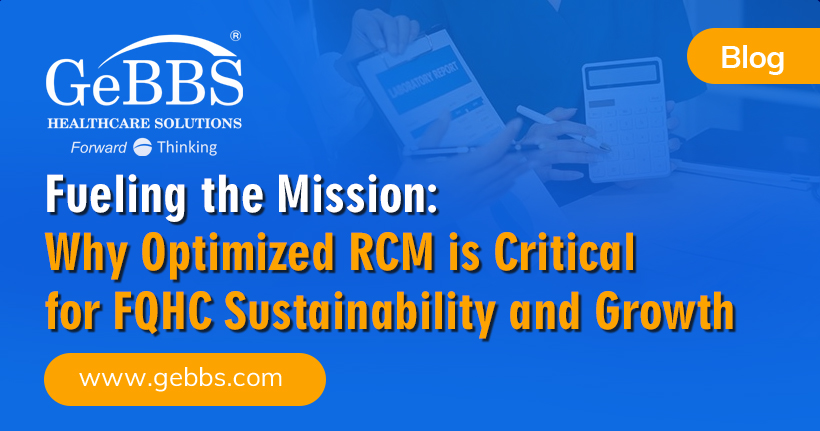Last year, hospitals, health systems, physician practices, and other healthcare providers in the United States faced unprecedented challenges, both operationally and financially. Even with the rapid increase in telehealth use and government relief funding in the form of the Coronavirus Aid, Relief and Economic Security Act (CARES Act), as well as the Paycheck Protection Program, providers experienced massive declines in patient volume and revenue.
Although most large U.S. health systems will most likely be able to withstand the many months of lower revenue, small hospitals and physician practices might face a more dire financial situation. Here is just a handful of statistics that show how much impact COVID-19 had on healthcare providers in 2020:
- In the first three months after the pandemic struck, the typical U.S. hospital lost half its emergency visit volume, 70% of its surgical volume, and 30% of its inpatient admissions.
- Hospitals and healthcare systems lost at least $323 billion.
- Physician net revenue was down 4.5% in 2020 compared to 2019.
- A survey conducted in July 2020 found that COVID-19 prompted the closing of more than 16,000 practices.
- Hospitals in the U.S experienced an average drop of 35.2% in patient volume for CMS-defined shoppable services in the second quarter of 2020.
- Hospitals experienced increases in certain expenses due to COVID-19, including those for drugs, labor, supplies, and purchased services.
- As of December 2020, health services spending was down about 2.7% and remained suppressed in January 2021.
Much of the revenue loss for healthcare providers during the pandemic has been from delayed care. About 40% of Americans put off medical care during the height of the pandemic, resulting in a decrease in patient volume of approximately 60%. Women are more likely to have gone without healthcare services during the pandemic compared to men.
Many regional health systems are still dealing with the fallout from delaying non-urgent procedures. Although surgical admissions account for just over 25% of hospital admissions, they account for almost half of hospital revenue.
The gaps in care resulting from these delays are problematic for providers, especially those responsible for managing high-risk populations. Delayed or avoided medical care has the potential to increase morbidity and mortality associated with both chronic and acute health conditions, and it can cause the need for more invasive treatment in the near future.
Along with financial woes, the COVID-19 pandemic has delayed many hospitals’ transition to value-based care. They’ve had to purchase more personal protective equipment and other supplies for frontline healthcare workers and transfer resources to open and staff new areas to deal with the onslaught of patients infected with the novel coronavirus. Some have had to furlough or lay off employees or reduce their pay, resulting in increased burnout for already overworked clinicians.
Reduced Healthcare Revenue
Even before the COVID-19 pandemic, U.S. hospitals were experiencing downward revenue pressure from both government and commercial payers. Uncompensated care was a major challenge for most hospitals, and some were already coping with negative margins, with the median hospital margin at 3.5%. One analysis found that 1 in 5 rural hospitals was at risk of closure because of financial difficulties.
As mentioned in a previous blog, analysts estimate that hospitals and health systems in the U.S. could collectively lose $53 billion in revenue this year. This amount includes $27 million in outpatient revenue, $17 million in inpatient revenue, and $9 million in emergency department revenue.
According to a report commissioned by the American Hospital Association (AHA) titled “COVID-19 in 2021: The Potential Effect on Hospital Revenues,” under a pessimistic scenario, hospitals could face a $122 billion total revenue loss this year. It’s an especially precarious situation for rural hospitals, close to half of which are operating in the red.
Even though approximately 55% of the American population is fully vaccinated, hospital margins are likely to fall in areas experiencing rising COVID-19 hospitalizations. After declining earlier in the year, hospitalizations are again trending upward in all states. Not-for-profit hospitals and health systems in areas where COVID-19 hospitalization rates are peaking are once more facing operational pressures that will likely negatively affect margins in the near to medium term.
The Value of Revenue Cycle Optimization
Unfortunately for U.S. hospitals and health systems, the Healthcare Financial Management Association (HFMA) predicts thatCOVID-19’s impact on providers’ finances is likely to stretch into at least 2022. Many hospitals have limited liquid assets and might not be capable of absorbing large financial disruptions while also mobilizing sufficient resources to respond to the pandemic. As noted by Fitch Ratings, smaller hospitals are more constrained in managing rising expense pressures and are less able to absorb declining reimbursement at their current rating levels.
For some hospitals to survive the decreased revenue resulting from the COVID-19 pandemic, it’s essential that they optimize their revenue cycle and utilize revenue cycle management (RCM) best practices. Doing so will aid them in mitigating the costly effects correlated with reimbursement delays and poor cash flow while achieving improved revenue, reduced cost-to-collect, greater point-of-service cash collections, and fewer denials.
Not all hospitals are equipped with the resources necessary to focus on strengthening and improving their revenue cycle processes. Some choose to outsource their RCM services to get reimbursed at a higher rate. Outsourcing RCM functions also allows them to more easily define and monitor organizational goals and performance and to measure their performance against those benchmarks.
Outsourced RCM partners have the ability to identify issues within a hospital’s revenue cycle that might be affecting its cash flow. They’re able to assist in improving multiple key performance indicators (KPIs) and blended encounter rates, reducing billing errors and denial rates, as well as decreasing staff administrative workload, all while increasing efficiency and profitability.
At GeBBS Healthcare Solutions, we provide a comprehensive range of RCM solutions, serving thousands of hospitals and healthcare organizations nationwide. Our in-depth healthcare industry expertise enables us to provide end-to-end solutions to successfully resolve our clients’ billing challenges while embracing their overall business operations. Request a consultation to find out how we can start working for you today!






